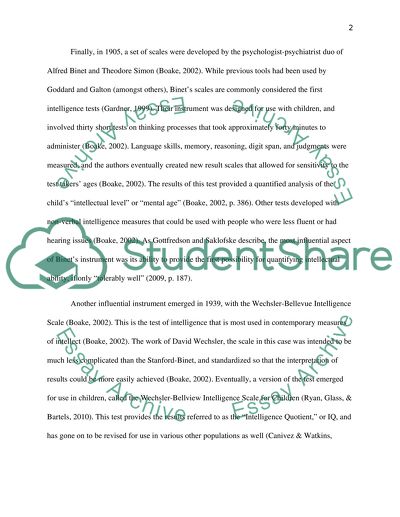Cite this document
(“Specific Purposes Of Intelligence Control Essay”, n.d.)
Retrieved from https://studentshare.org/psychology/1450704-intelligence-testing-what-intelligence-testing
Retrieved from https://studentshare.org/psychology/1450704-intelligence-testing-what-intelligence-testing
(Specific Purposes Of Intelligence Control Essay)
https://studentshare.org/psychology/1450704-intelligence-testing-what-intelligence-testing.
https://studentshare.org/psychology/1450704-intelligence-testing-what-intelligence-testing.
“Specific Purposes Of Intelligence Control Essay”, n.d. https://studentshare.org/psychology/1450704-intelligence-testing-what-intelligence-testing.


